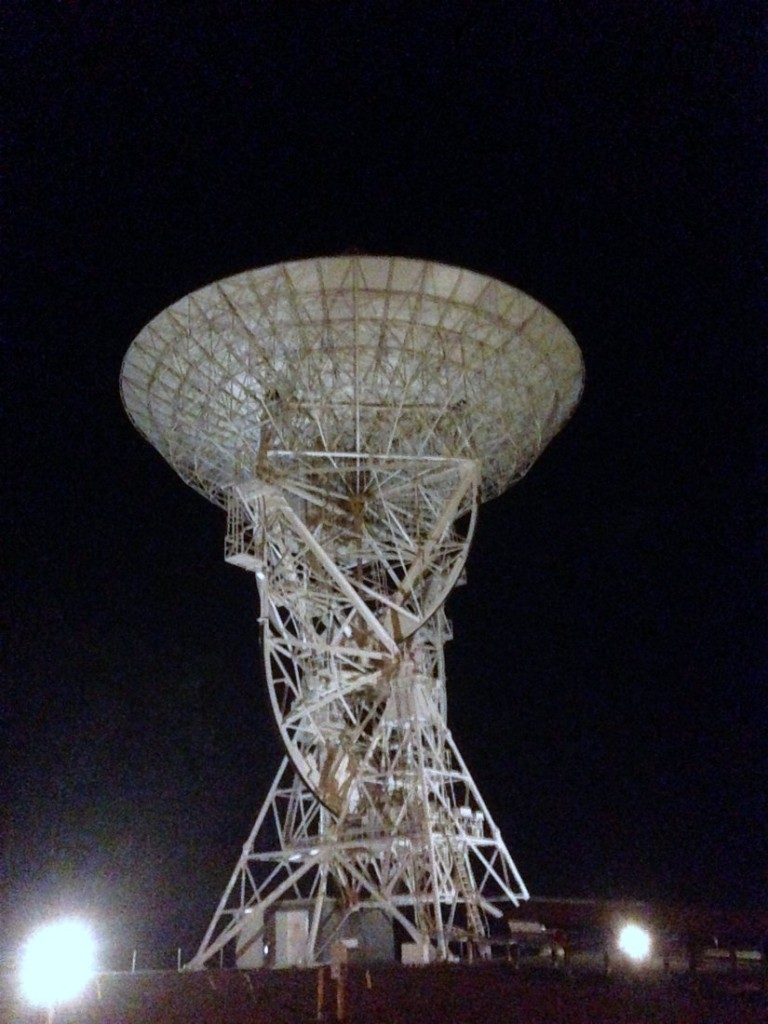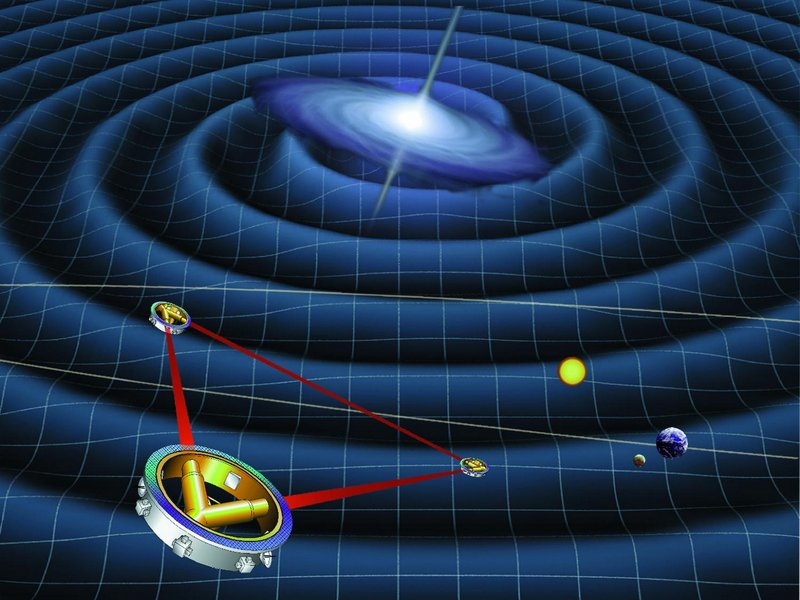I’ve been fascinated with radio astronomy since my university days. In the 1980s and 90s almost any radio astronomy experiment equated to forking out some serious money to purchase a wideband receiver (serious money to a student, at least). With the advent of SDRs, though, radio astronomy has become affordable for everyone.
Many thanks to RTL-SDR.com for publishing the following video and post about monitoring Jupiter radio bursts:
Over on YouTube user MaskitolSAE has uploaded a video showing him receiving some noise bursts from Jupiter with his SDRplay RSP1. The planet Jupiter is known to emit bursts of noise via natural ‘radio lasers’ powered partly by the planets interaction with the electrically conductive gases emitted by Io, one of the the planets moons. When Jupiter is high in the sky and the Earth passes through one of these radio lasers the noise bursts can be received on Earth quite easily with an appropriate antenna
In his video MaskitolSAE shows the 10 MHz of waterfall and audio from some Jupiter noise bursts received with his SDRplay RSP1 at 22119 kHz. According to the YouTube description, it appears that he is using the UTR-2 radio telescope which is a large Ukrainian radio telescope installation that consists of an array of 2040 dipoles. A professional radio telescope installation is not required to receive the Jupiter bursts (a backyard dipole tuned to ~20 MHz will work), but the professional radio telescope does get some really nice strong bursts as seen in the video.
As Carl mentions above, you do not need a professional radio telescope to receive Jupiter noise bursts, a dipole will do.
In fact, the Pisgah Astronomical Research Institute (PARI) has a dedicated Jupiter receiver–a simple SDR kit called the Radio JOVE Receiver which is promoted by NASA. While PARI has the resources to install any number of antennas, PARI uses two simple dipoles which are mounted only a few feet off the ground as their radio telescope. I doubt their investment in the antennas exceeded $50. It works brilliantly.
I had planned to purchase and build a JOVE receiver (and, for fun, still may!), but it would be much easier to simply use the SDRplay RSP I already have in my shack. What a great project this fall.
Post readers: Please comment if you’ve used an SDR or JOVE kit to receive Jupiter bursts!

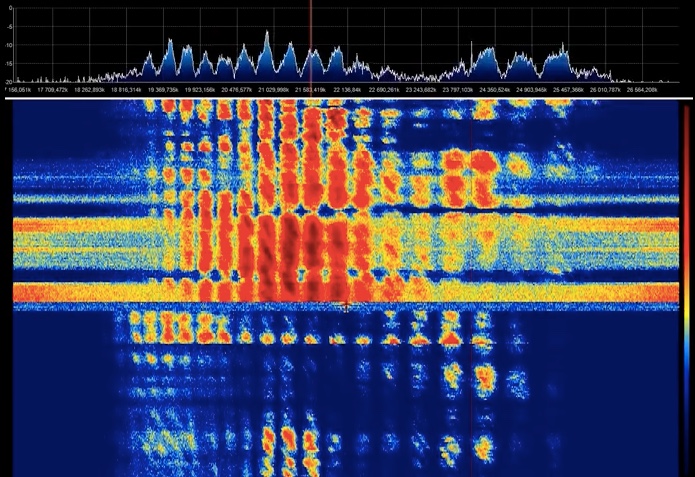
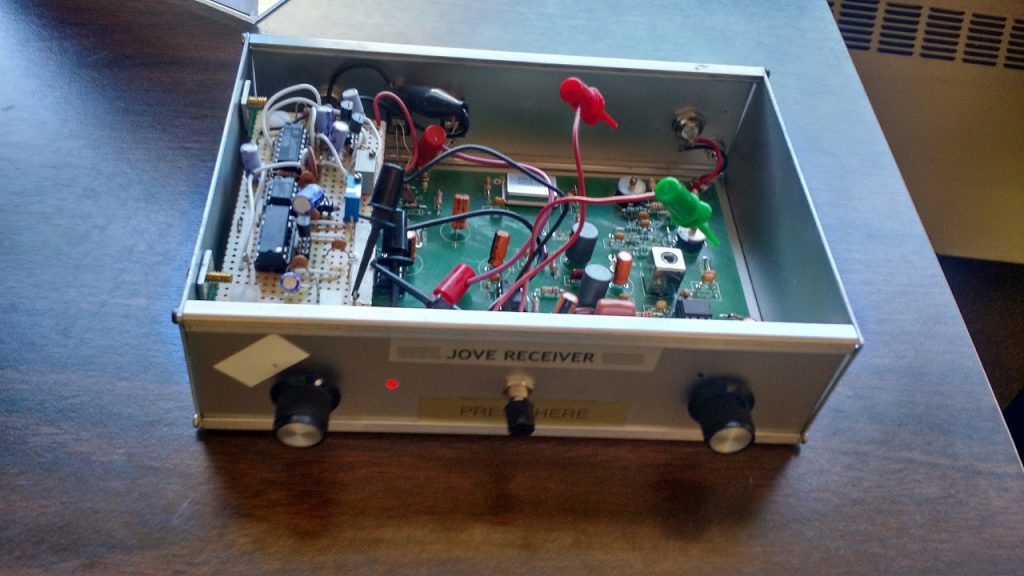

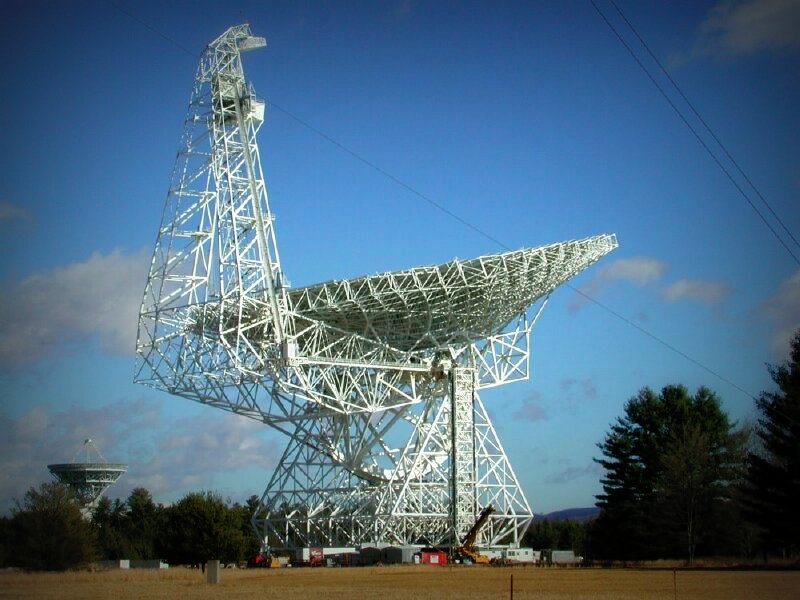
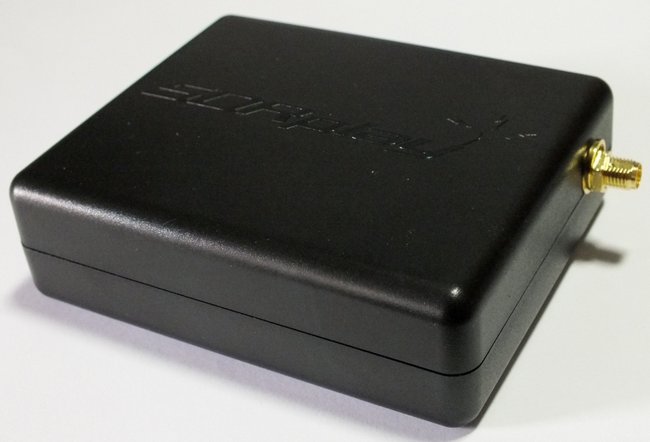
![FAST radio telescope [Photo/Xinhua: State Council, People's Republic of China]](https://swling.com/blog/wp-content/uploads/2016/07/FAST-Radio-Telescope.jpg)
